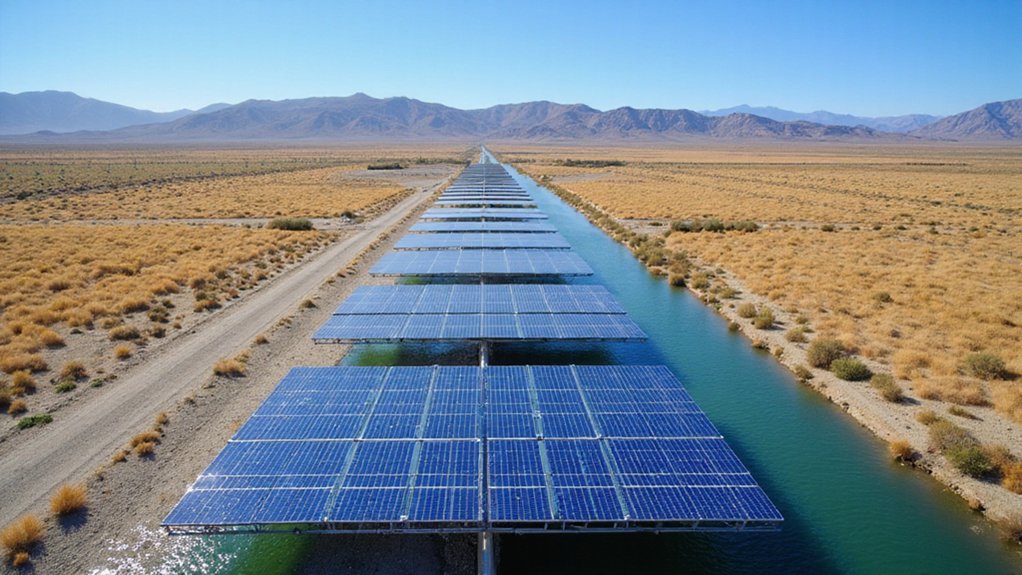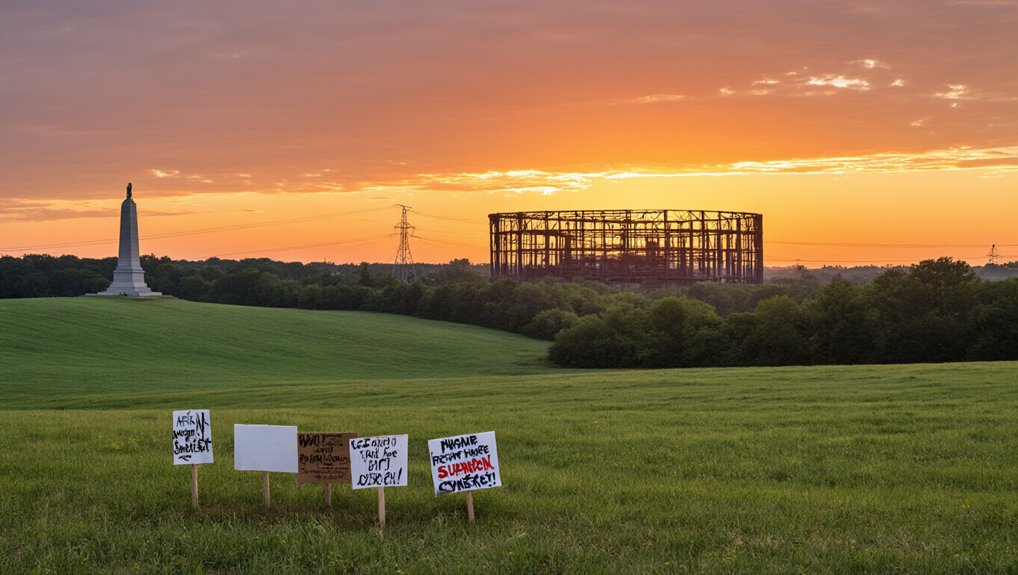Public lands serve as the backbone of the U.S. cycling industry, which contributes considerably to the economy through tourism. Mountain biking generates up to 1,626 jobs annually with $54.1 million in labor income from just 13 trail networks. The global bicycle market is projected to reach $63.74 billion by 2025. However, new tariffs and supply chain issues threaten growth. The industry’s future depends on preserving access to these natural resources.
As public lands continue to serve as a backbone for outdoor recreation, the cycling industry has emerged as a significant economic driver across the United States. The country boasts an impressive 244,000 trails spanning over 313,778 miles for mountain biking enthusiasts. These natural resources are turning into valuable assets for communities nationwide.
Mountain biking tourism creates substantial economic benefits. Riders spend an average of $416 per trip to riding destinations. In a study of 13 trail networks across states like Colorado, Oregon, and Vermont, these systems generated up to 1,626 jobs annually and $54.1 million in labor income. Visitor spending can range from just over $100 to more than $1,000 per visit.
The impact is especially notable in rural communities. Many small towns are finding that their natural landscapes can be leveraged for sustainable economic growth. Local businesses such as hotels, restaurants, and retail shops directly benefit from the influx of mountain biking tourists. These riders typically take about five trips per year. The growing health consciousness among consumers is driving bicycle industry growth alongside environmental concerns and urbanization. The preservation of these natural trails aligns with renewable energy goals that support sustainable solutions for a healthier planet.
The United States has approximately 8.7 million mountain bikers aged 6 and older as of 2021. The typical rider is a white, affluent male between 32 and 52 years old. While participation increased during COVID, it has since declined, mirroring trends across outdoor recreation activities. The collective outdoor recreation economy contributes significantly to the national economy, generating nearly five million jobs and $124.5 billion in tax revenues.
Looking ahead, the global bicycle market shows promising growth. It’s expected to reach $63.74 billion in 2025, with projections of $65.07 billion in 2026 and $66.51 billion in 2027. The premium bicycle market specifically is anticipated to be valued at $12,315.9 million in 2025, growing at 7.3% annually.
However, challenges loom for the industry. New tariffs are set to affect the U.S. bicycle market as the 2025 riding season approaches. Supply chain issues continue to create obstacles despite the proven economic benefits of cycling tourism.
Organizations like PeopleForBikes have launched initiatives to address these concerns and support the industry’s continued growth on public lands.
References
- https://www.bicycleretailer.com/studies-reports/2025/04/02/public-lands-report-measures-economic-impact-tourists-who-mountain-bike
- https://www.news.market.us/bicycle-statistics/
- https://www.bicycleretailer.com/announcements/2025/04/25/peopleforbikes-responds-tariffs-bold-industry-action
- https://www.bikemag.com/news/mountain-bikings-impact-on-rural-communities-detailed-in-new-report
- https://www.futuremarketinsights.com/reports/premium-bicycle-market






